Because writing involves slowing the process of thought enough to be recorded, it is a useful problem solving tool in a variety of settings. There are many ways students can be encouraged to solve problems through writing – whether through creating story problems to demonstrate theories of algebra, computer troubleshooting or auto detailing choices. Using writing to understand and present complex ideas encourages our students to make meaning for themselves out of the material we want them to master. As Dr. Linda Flower notes in her article “Cognition, Context, and Theory Building,” originally printed in College Composition and Communication (October 1989), “All data can do is provide the foundation for interpretation.” Providing opportunities for interpretation, that is, for the application of theoretical understanding, to our students by asking them to write their understandings of the complexities they master in their coursework for your class, aids in their learning being active, engaged, and long term.
Max Gibson uses the following assignment in her English Composition (111) course, adapted from her reading of Ira Shor’s Critical Teaching and Everyday Life. She asks students to:
- Brainstorm: start thinking about the problem — theme, project, question, or topic and write a list of anything and everything that pops into your head. It’s sometimes nice to share these lists out loud in class and them people can add anything they hear to their lists.
- Connect: Now think about what items on your composite list belong together and assign these similar items the same letter.
- Categorize: list all items with the same letter, together in a group.
- Equalize: Notice which groups seem smaller than others and see if you can enlarge the short ones, or divide the big ones.
- Title: Examine each group and decide an appropriate title for the items collected together. This title word will give the grouped items a conceptual framework so that the list can be turned into a paragraph. The title, like a subject heading, suggests the general thesis of the subgroup.
- Order: The titled groups will become paragraphs in the body of the paper. Look over the groups and ask which should be written out first, which second, etc. Reflect on the subject of each group, and judge where it should be placed in the whole paper.
- Paragraph: Translate each group into a paragraph with the title incorporated into the topic sentence and each listed item serving as the idea for a sentence in the paragraph. After finishing a paragraph, check back to see if all the items have been included.
- Frame: The main body of the paper is written. Now write an introduction and a conclusion appropriate to the theme.
- Voice: Read the whole text out loud, individually and with a silent partner reading along with you.
- Self-Correct: Rewrite for errors caught by the grammar in your voice.
Max Gibson suggests student use this process for research projects, and notes that categorizing information, keeping track of sources used in the process and citing them in the appropriate documentation style really becomes most meaningful for students when they are asked to include their own analysis and interpretation. She writes to her students: “You are using writing to discover what you think. It’s the most honest way to do research. Instead of searching for information that supports preconceived ideas, you are open to learning, to truth, to change.”
Links for More Ideas
Solving Problems in Physics – from Dan Styer at Oberlin College, this page has applications beyond the field of physics.
Informal Education Homepage – very informative site. There is a section here on Ira Shor’s mentor, Brazilian educator, Paulo Freire
